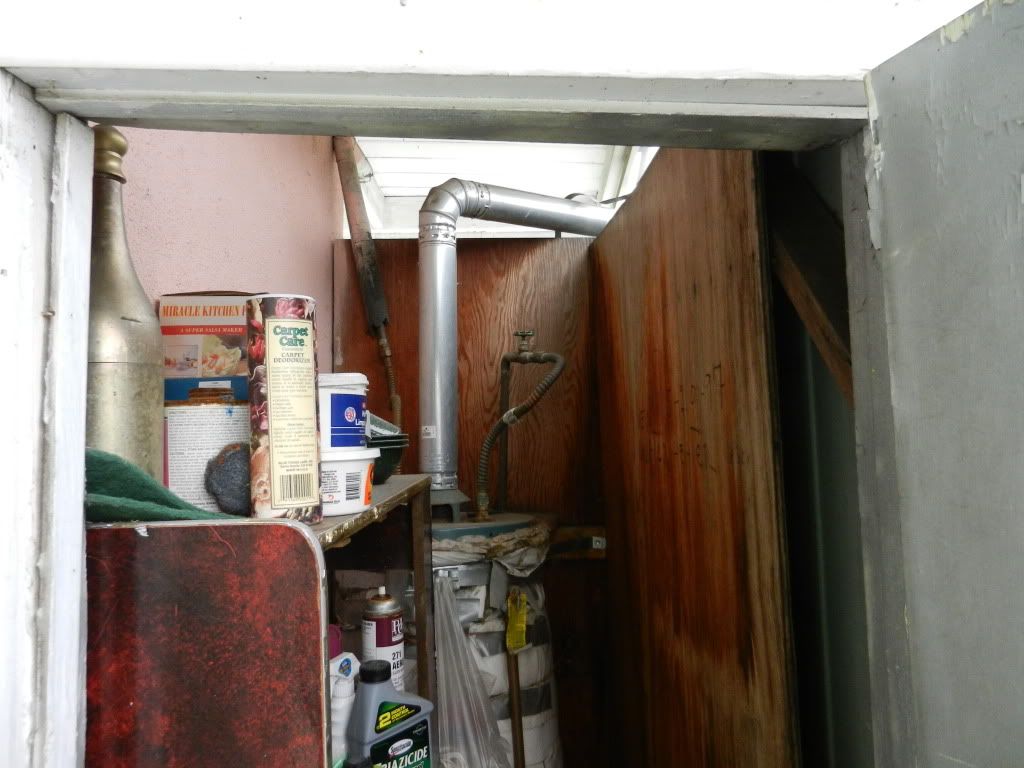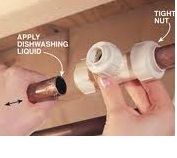ICE
Oh Well
We require a bonding jumper between cold and hot water pipes at the water heater on all service panel up-grades. They missed it here. The lack of soot told me that it was recent. The contractor said that he started to install the jumper but held off to see if I would require it. What a clown. He knocks the vent apart and thinks nothing of it.

They missed it here too.

Likewise.


They missed it here too.

Likewise.

Last edited by a moderator:

